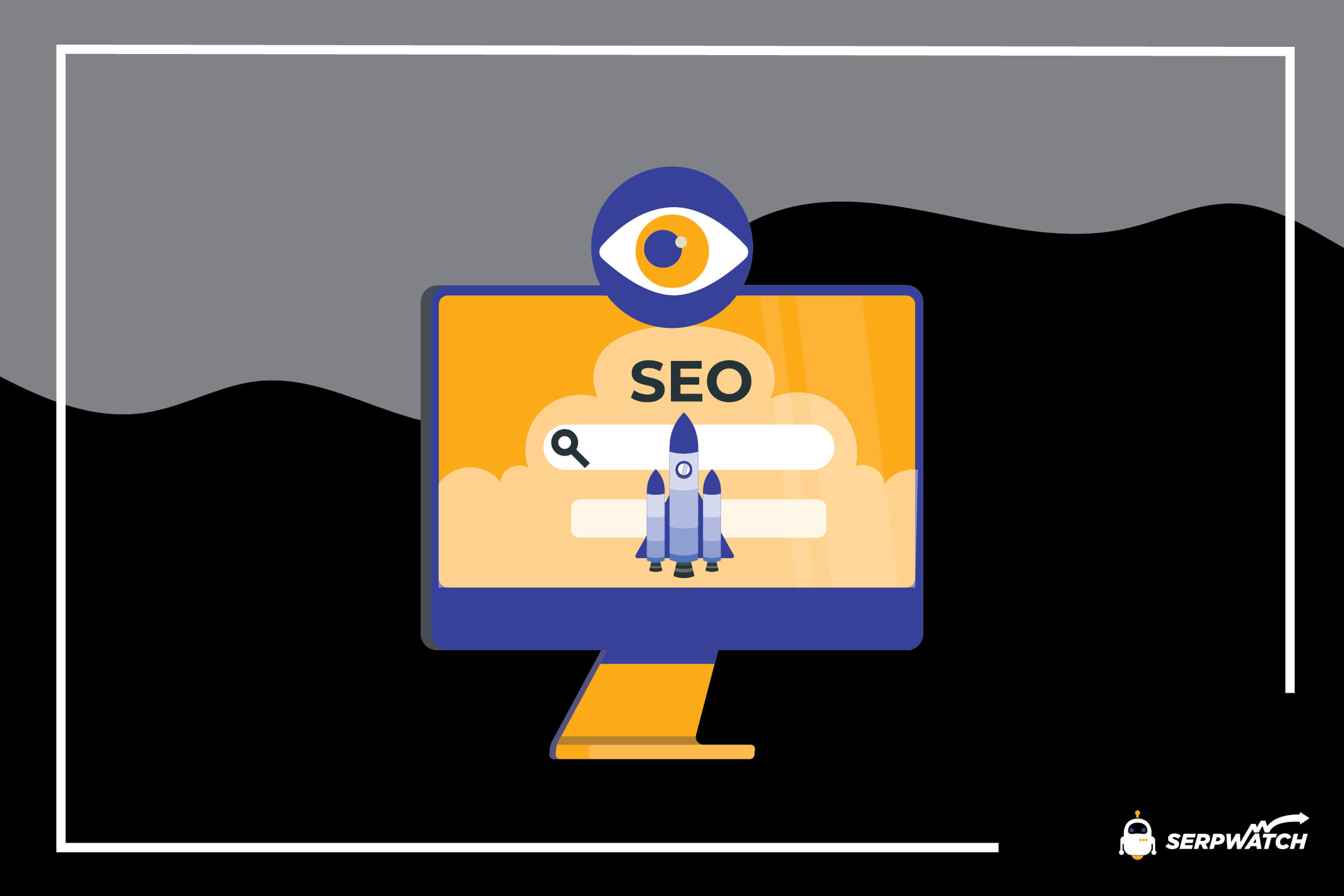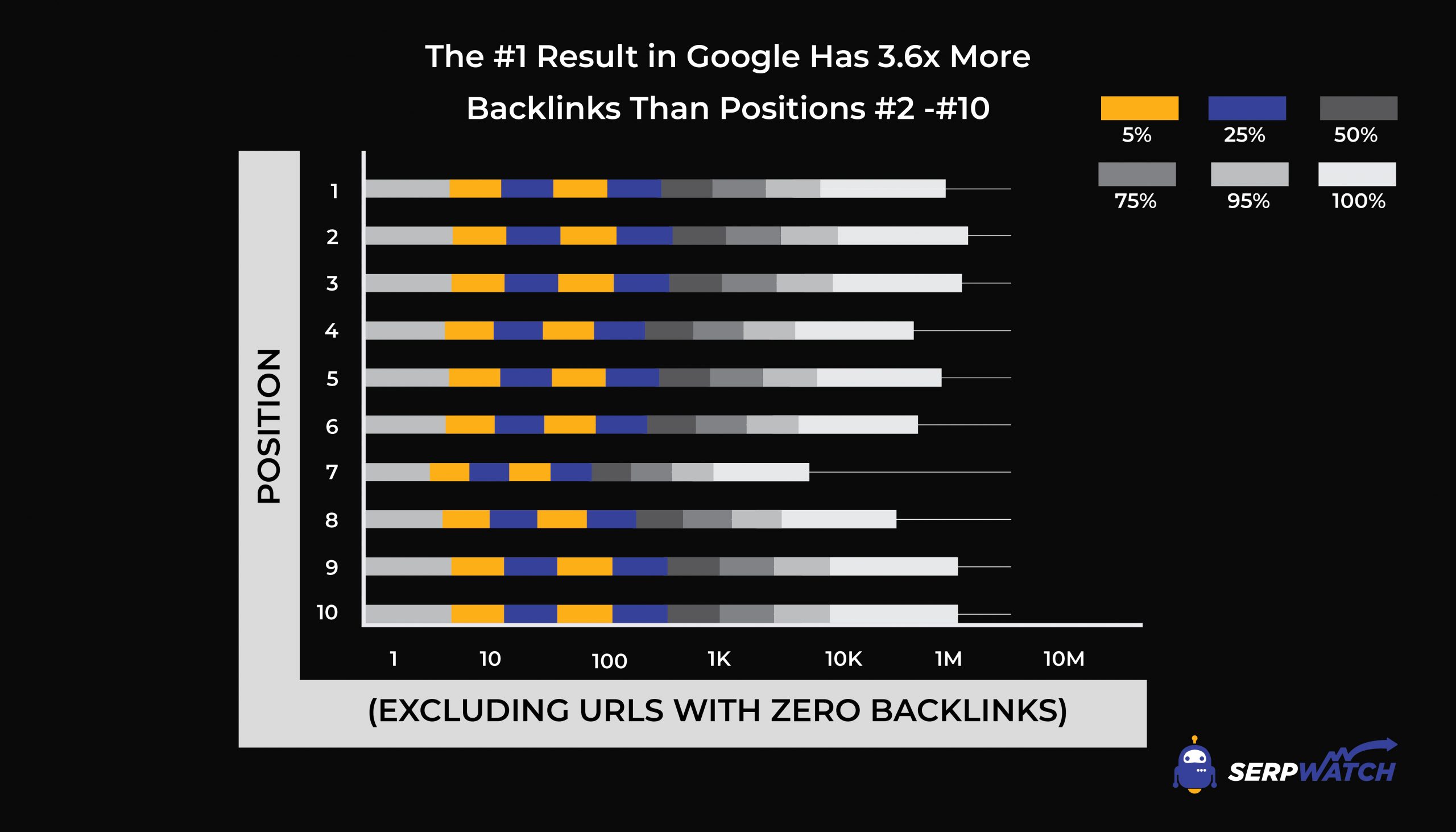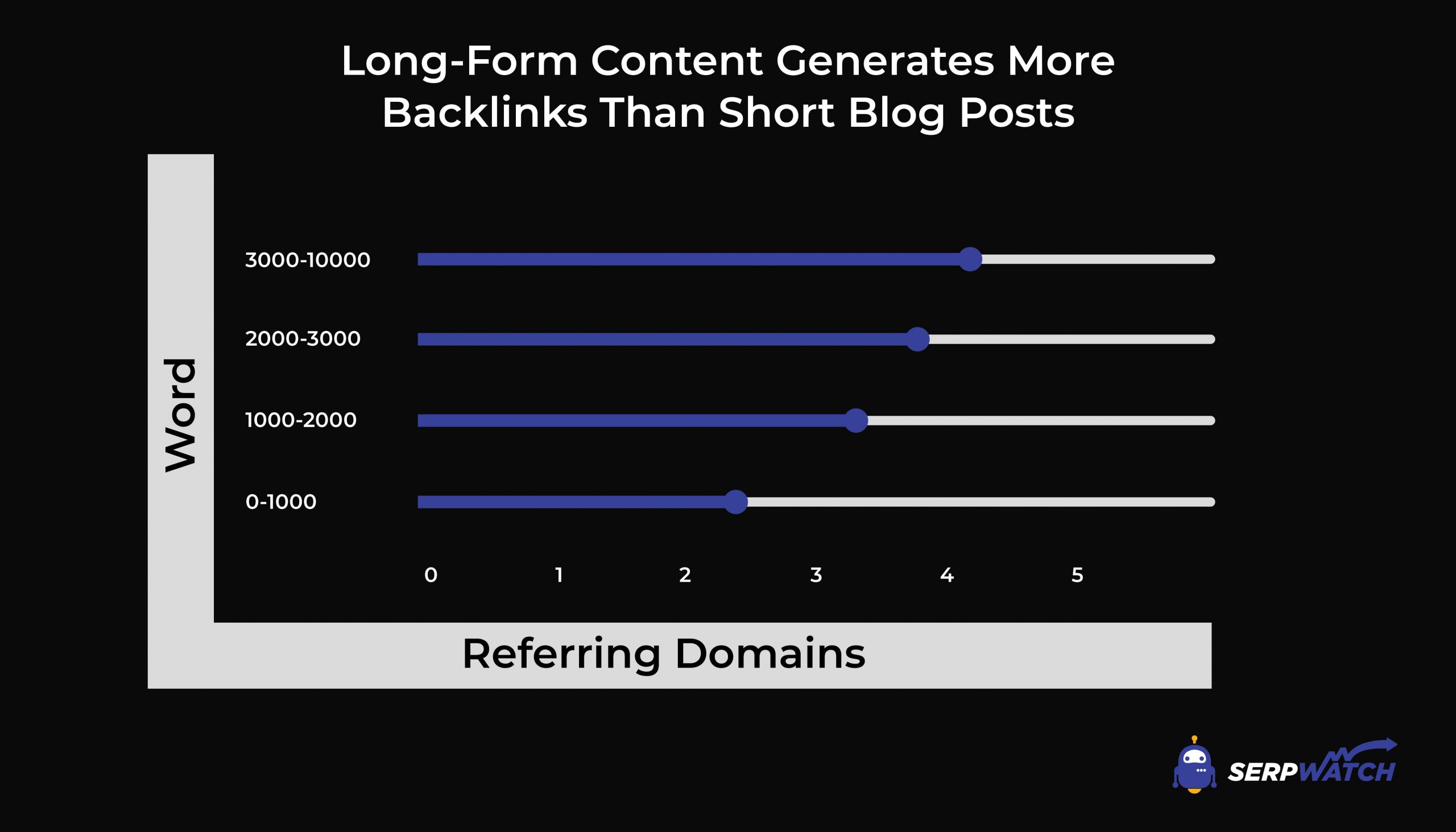
SEO Statistics All Marketers Should Know in 2024

Search engine optimization plays a crucial role in attracting visitors and keeping them engaged while browsing the web. Yet, the world of SEO is an ever-evolving arena. Therefore it’s vital to stay on top of the changes.
If you want to learn more about how SEO works in 2021 and see what awaits us in the years to come, our list of the most recent statistics will provide all the info you need.
Top SEO Statistics and Facts | Editor’s Choice
- More than two-thirds of all clicks on SERPs go to the top five results.
- Upon updating and republishing old posts, organic traffic can grow up to 106%.
- In 2021, Google covers 86.6% of the search engine market.
- Typically, Google’s algorithm will process around 3.5 billion searches per day.
- Nine out of ten published blog pages never see any search traffic.
- More than half of all global traffic originates from mobile devices.
- 94% of video carousel results on Google’s first page come from YouTube.
- 70% of marketing experts agree that SEO yields better results than PPC.
- The average small business in the US spends $497.16 per month on SEO.
General SEO Statistics for 2021
Finding your way around the SEO world should be easier after looking at the following numbers. The industry is massive already, but most studies also reveal a steady growth. In other words, the competition is more demanding than ever.
1. More than 200 ranking factors determine your position on Google search results.
Search engine optimization is all about ranking as high as possible on SERPs, but this task can be easier said than done. A complex system ranks millions of websites, and Google search engine statistics show the algorithm only needs a millisecond to determine the positions.
To be precise, Google’s elaborate system relies on many ranking factors, examining various elements before organizing the contenders and displaying search results.
2. 67.60% of all the clicks on SERPs go to the first five results on the first page.
Namely, the top five attract the most visitors and result in organic traffic, easily converting into a lead or purchase. In any case, the first page of Google is a coveted real estate, but not all positions receive equal traffic.
For example, the lower-ranked positions on the first page (6–10) receive only 3.37% of clicks. The remaining traffic belongs to paid ads, which will be discussed later.
3. On average, the first result in Google SERP has 3.8 times more backlinks than the rest (2–10).
As we all know, reaching the first position on SERPs is the holy grail of organic SEO, with armies of specialists optimizing websites to climb to the top. Backlinks are among the essential tools for improving your ranking, and if done right, this strategy can lead to significant results.
As an off-page SEO method, building backlinks stands next to guest blogging, social media marketing, influencer marketing, and similar techniques. In any case, marketers should never ignore it.

4. 73.6% of websites exchange links with each other.
The so-called reciprocal links or link exchanges are an SEO strategy that can boost website traffic statistics. However, the tactic carries some risks—Google often penalizes domains with excessive amounts of reciprocal links.
So, even though this method can be logistically demanding, many websites in 2021 use reciprocal links to improve SEO results.
5. Organic traffic can grow up to 106% after updating and republishing old posts.
Adding visuals and creating new content can increase organic traffic, and old posts can come to life with relatively little effort. For instance, Hubspot reveals their blog posts published before a specific month grab 76% of the total monthly visits to the site.
Likewise, renewing old content can boost SEO sales—in fact, 92% of Hubspot’s blog leads came from relatively old posts.
6. The average length of posts in the first position is 2,416 words.
Content-rich posts typically rank higher than others, and they also have a higher probability of earning valuable backlinks. Therefore, it’s essential to follow the rules of SEO writing, such as keyword distribution or structural hierarchy.
Besides images and charts, top-ranking posts often exceed the 2,000-word mark. As such, these articles cover the topics comprehensively and provide in-depth information.

7. A quarter of top-ranking pages don’t have a meta description.
Interestingly, SEO statistics reveal that meta descriptions are not a priority for 25.02% of top-ranking pages. Additionally, Google rewrites descriptions for 62.78% of websites it displays.
So, should you add a meta when posting new content? Yes, meta texts are worth it, although Google doesn’t display the descriptions 37% of the time. In 62.78% of instances, Google will rewrite and adjust the meta text. Even so, this feature can drive traffic towards your site and aid SEO efforts.
Search Engine Statistics
As the name says, SEO revolves around search engines. Thus, the latest insights regarding the most popular search platforms can shine a light on the rest of the SEO world.
Here’s what the studies say about the current market share and the capacities of modern search engines.
8. In February 2021, Google controlled 86.6% of the search engine market.
As expected, Google dominates the game, and its massive market share of search engines resulted in $181.69 billion in revenue in 2020. But, of course, advertising brings in the most money—Google’s advertising revenue in 2020 amounted to $146.9 billion.
The second-placed search engine is Bing, holding 6.7% of the search market. Other top-ranking competitors are Baidu, Yahoo, and Yandex. So, even though the battle for the king of search engines is not a solo race, Google is still miles ahead of other top internet search engines.
9. On average, Google processes 3.5 billion searches per day.
Back in 1998, Google processed around 10,000 searches daily. Over the years, the search volume experienced almost exponential growth, exceeding 1.2 trillion searches per year.
This means that Google’s engine provides answers to more than 40,000 queries every second, on average. Therefore, the demand is still present, and savvy marketers and content creators need to find ways to make their answers stand out.
10. 15% of searches on Google are unique and never-asked-before.
When it comes to Google search statistics, it’s essential to know that many people ask never-seen-before questions. Since it’s impossible to predict the actual search queries, SEO specialists are at the mercy of BERT, Bidirectional Encoder Representations from Transformers.
In essence, BERT is another name for a technique based on neural networks and natural language processing.
11. The average loading time for a first-page result on Google is 1.65 seconds.
The modern world moves fast, and the same goes for the super-advanced Google’s algorithm. After all, the staggering number of Google searches per day requires speedy processing. That’s why Google’s bots crawl and index pages at an impressive rate.
Simultaneously, website owners and SEO specialists must go above and beyond to optimize pages and make them load as fast as possible. If the website takes ages to load, you’ll probably face penalties from Google. So, it’s important to invest time and effort in improving the loading speed to compete for first-page ranking.
What are the Latest Website Traffic Trends?
Search engines continuously aim at improving their algorithms to provide users with accurate and instantaneous results. Consequently, SEO specialists and marketers must also stay in touch with the trends to rank as high as possible.
12. 90.63% of content never gets any traffic from Google.
The Internet is a vast place, and there’s room for everyone. However, most pages never rank in Google, primarily because of the lack of backlinks. To be precise, 66.31% of those pages don’t include a single backlink.
For SEO ROI, statistics showing that 5.29% of pages get only up to 10 visits per month can be disappointing and hard to accept.
13. 68% of website traffic comes from organic and paid searches.
Although SEO specialists face a challenge in landing on the first pages of SERPs, the increase in organic traffic provides enough incentives. Namely, statistics show a 53.3% increase in organic search share of traffic across industries.
Organic traffic is crucial for digital marketers worldwide, overshadowing other trends and channels.
14. 46% of all searches on Google are looking for local information.
Local SEO statistics reveal that more and more queries on Google focus on “near me” services and goods. Furthermore, the study shows that more than 50% of those searches result in a store visit, while 86% of consumers use the internet to find a local business.
Thus, SEO stands at the start of the buyer’s journey, both for online and brick-and-mortar shops. The widespread adoption of mobile devices skyrocketed the importance of local searches, so let’s look at the numbers related to mobile SEO.
Stats and Facts on Mobile Search Market Share
Mobile devices have taken over the world, and it seems “resistance is futile”. Therefore, the SEO community must focus on the way websites look on smartphones and tablets.
Here’s what the numbers reveal about mobile-focused SEO.
15. 47.07% of US web traffic came from mobile devices in the first quarter of 2021.
With more than 67% of the world’s population owning a mobile, it’s no surprise to see a rise in mobile traffic in the US.
The share stood at 45.95% in the quarter preceding the survey. Thus, SEO specialists must acknowledge the percentage of searches on mobile and adjust to meet the needs of this rising market.
16. Approximately half of the web traffic on the planet goes to mobile devices.
Globally, mobile accounted for 54.8% of all website traffic in the first quarter of 2021. India and China are at the forefront of the mobile revolution, but many other countries also invest a lot in infrastructure.
Mobile devices are more powerful than ever, and they continue to improve with each year. That’s why SEO experts must monitor the website’s performance on their smartphones and tablets.
17. The mobile browsing market share could comprise three-quarters of internet users by 2025.
According to Oberlo, the adoption of mobile devices will continue to grow in the years to come, reaching 4.3 billion by 2023. Moreover, 72.6% of internet users will access the web via smartphones by 2025. Roughly, this percentage equates to 3.7 billion people, a massive opportunity for SEO specialists and marketers.
On top of that, Google’s mobile-first indexing philosophy leaves little room for doubts about the future of the SEO industry.
18. 75% of users expect to receive immediate information when browsing via smartphone.
SEO trends often change, but the latest ones show that more than two-thirds of modern smartphone users require immediate answers when consulting search engines.
Likewise, studies reveal a staggering increase in the number of mobile queries containing “near me” and “where to buy” over the past two years. Precisely, these searches grew by more than 200%, emphasizing the importance of SEO practices and mobile optimization.
19. In May 2021, 55.3% of global web traffic came from mobile.
The outbreak of the COVID-19 pandemic improved the overall web traffic, and the same happened with local search statistics and mobile browsing. As a result, since December 2020, the percentage of mobile market share hovered around 55%, while desktop devices kept their rate at approximately 41–42%.
In any case, the expansion of mobile markets seems to be unstoppable, and the same applies to browsing via mobile devices. But, besides this phenomenon, SEO experts must also prepare for the rise of video. The SEO landscape is constantly changing, so it’s essential to stay on top of the trends.
The Importance of Video Content—Video SEO Statistics
Video content is another element of SEO that deserves attention because of its increased adoption in recent years. Technological advancements allow for effortless video production, while social media spreads the content faster than ever.
Here are the numbers showing the importance of video content in SEO campaigns.
20. 62% of companies use YouTube for marketing and advertising.
Since YouTube and Google fly under the same banner, it’s not surprising to see this video hosting platform dominating the Google market share in video results. As such, YouTube provides businesses with a convenient opportunity for exposure and raising brand awareness.
Moreover, the popularity of video content is expected to grow in the upcoming years. By 2022, video traffic will amount to 82% of all online consumer traffic, providing SEO experts with an opportunity to gain lots of traffic.
21. 94% of video carousel results on Google’s first page come from YouTube.
When we look at the first page of Google, statistics related to video reveal YouTube’s dominance. Almost all results in the video search box are from YouTube, with the likes of Facebook and Khan Academy sharing the remaining market space.
Although critics complain of the unfair advantage given to YouTube—it’s clear that SEO specialists must adapt and make the most out of the situation. In other words, they should embed videos onsite to prolong user engagement and keep them on the site.
22. 70% of companies admit videos improve brand awareness.
The latest SEO facts reveal how successful video content can be if used properly. To be precise, 78% of businesses say they received more traffic after implementing videos in their content strategies.
Also, 69% got more leads with video content, while 54% boosted sales. More than half of businesses agree that video can raise brand awareness and increase traffic. Since Google often displays videos with a thumbnail, marketers can use this feature to provide helpful information and highlight crucial moments in the content.
SEO vs PPC Statistics
Although SEO and PPC share many elements, these two marketing strategies also come with considerable differences. Marketers often use these two approaches together, but many stay loyal to one method for years.
Let’s look at the stats to see which option is better.
23. 70% of marketers agree that SEO generates more sales compared to PPC.
Even though paid aids provide certain benefits, most marketers agree with off-page SEO statistics that SEO offers more value, especially in the long run, given that organic clicks are 100% free. To be precise, organic visibility leads to better dwell time and improved lead generation.
On the other hand, the effects of PPC tend to go away once your budget runs out, and this marketing system lacks long-term sustainability. Thus, PPC often requires higher investments than SEO.
24. 70–80% of internet users ignore paid ads.
When it comes to organic vs paid search statistics, it’s interesting to see that most users focus on organic results instead of clicking on paid ads. But, as we already said, the first five results take more than two-thirds of clicks.
So, since most users never scroll past the first page, it’s essential to invest in SEO and rank as close to the top as possible. PPC might increase visibility and boost short-term results, but only organic traffic will improve lead generation and conversion rates.
25. Long-tail keywords outrank one-word keywords by 3–6% in positions 2–5 on SERPs.
The recent SEO stats show the importance of long-tail searches, which typically occur near the end of the sales funnel and target niche topics. That’s why SEO specialists must use paid or free rank trackers to find the ideal keywords for the best organic results.
Even though SEO takes more time than PPC, carefully selected keywords and well-optimized content will deliver higher results in the long race.

26. On average, small businesses in the US spend $497.16 per month on SEO.
SEO statistics reveal a correlation between spending on SEO services and being satisfied with the results. Namely, companies spending over $500 per month are 53.3% more likely to express extreme satisfaction with SEO reporting than those spending less than $500.
After all, 61% of business owners agree that increasing brand awareness is crucial to their companies. As a result, 65% admit to working with several different SEO agencies, while a quarter of businesses rely on the services of three or more providers.
SEO Statistics | The Takeaway
As you could’ve seen, search engine optimization is a broad field, with many variables affecting the success of campaigns. For that reason, marketers and SEO specialists must follow trends and experiment with new approaches. Also, they should select from a range of online SEO tools to track rankings and tweak campaigns. Tried-and-tested SEO apps can improve results, and that’s why they should be part of any digital marketing strategy.
SerpWatch offers seamless integration with Google Analytics and other services. As a result, this SEO stats checker lets marketers receive profound insights into what works and what doesn’t, including advanced keyword data to fine-tune your tactics.
SEO can be fun and exciting with the right apps and tools, so let your creativity run free and try to climb as high as possible in the competitive search engine rankings. The statistics we listed above can also help with showing you the way through the crowded SEO world.
Frequently Asked Questions | FAQ
How important is SEO?
Due to the changes in Google’s algorithm and the ways we use the internet, search engine optimization is more important than ever. The number of websites is rapidly growing, and the increased competition also raises the importance of SEO for modern businesses.
In other words, companies and individuals must make their websites as optimized as possible to provide visitors with a pleasant user experience. Likewise, SEO techniques are essential for higher rankings on SERPs and attracting organic traffic.
How long does it take for SEO to work?
Unlike PPC (paid-per-click) campaigns, SEO does not provide an immediate effect on leads and conversions. Instead, search engine optimization acts as a long-term plan, and the results often appear after four to six months.
Typically, a half-year period leaves enough time for various segments of SEO campaigns to kick in and affect the rankings. After all, a successful search engine optimization strategy requires a lot of work. Marketers and SEO specialists must combine various elements, including keyword research, SEO writing, backlinks acquisition, and page speed improvement.
How much does SEO cost?
SEO is not a sprint like PPC, and therefore, it requires less investment to launch a campaign. Moreover, free rank trackers and other SEO tools can significantly reduce costs and provide high-quality results.
Of course, businesses looking for a professional approach to SEO should hire specialists and agencies. On average, consulting services will cost between $100 and $200 per hour, but many SEO providers charge per project. In that case, the price depends on the duration and the complexity of the task.
How much does SEO cost for small businesses?
Small businesses are often in need of exposure, and they must go to great lengths to improve visibility and generate leads. SEO services can help with these tasks, but agencies and SEO specialists are not charities, and you can’t expect them to work for free.
Statistics reveal that the average cost of SEO services for small businesses is around $1,000 per month, ranging from $750 to $2,000. Then again, it all depends on the scope of SEO services included in the project. Small businesses often opt for free SEO tools and apps, reducing the costs significantly.
How much do SEO specialists make?
As a career of continual learning, SEO might not be everyone’s cup of tea. But if you are passionate about content creation, digital marketing, and modern technologies—SEO could be the perfect option. Aside from offering a chance to express your creativity, SEO also comes with significant financial potential.
But, of course, the earnings grow with experience and the range of SEO skills you own. Precisely, the average annual salary for an SEO specialist in the United States is $46,646, according to the latest SEO statistics.
Sources
Ahrefs, Ahrefs, Ahrefs, Backlinko, Backlinko, Backlinko, Bright Edge, CNBC, Databox, Google, Google, HubSpot, Imforza, Internet Live Stats, Moz, Renderforest, Renderforest, serpIQ, Smart Insights, Social Media Today, StatCounter, Statista, Statista, Statista, Zero Limit Web






There are currently no comments.
Be the first!))